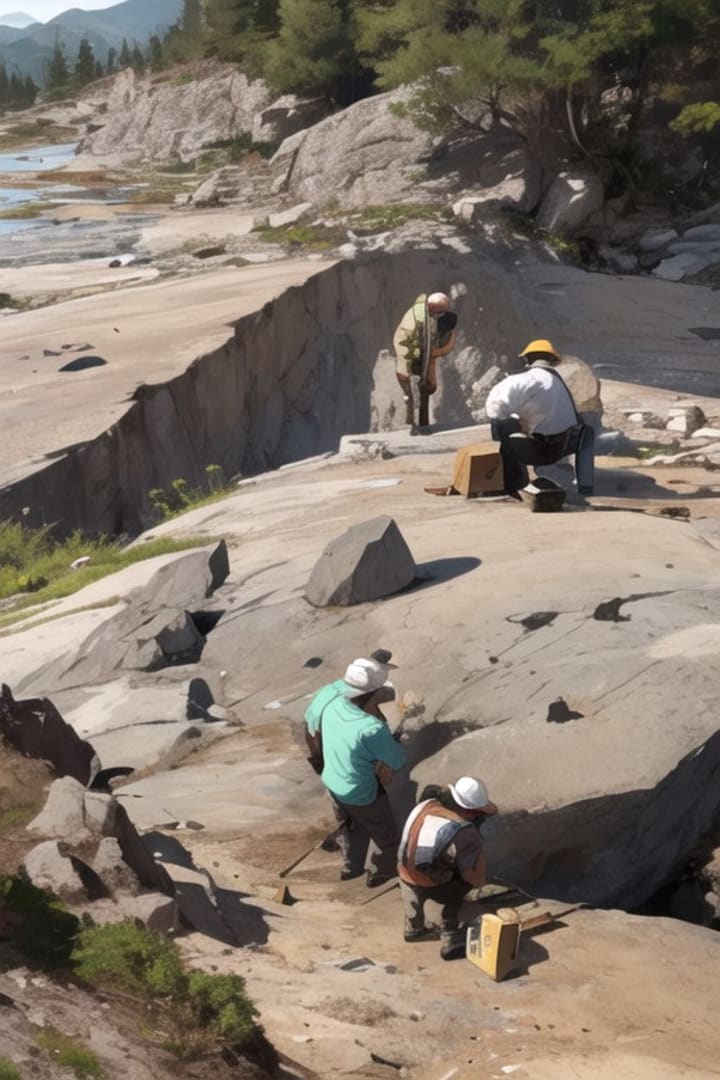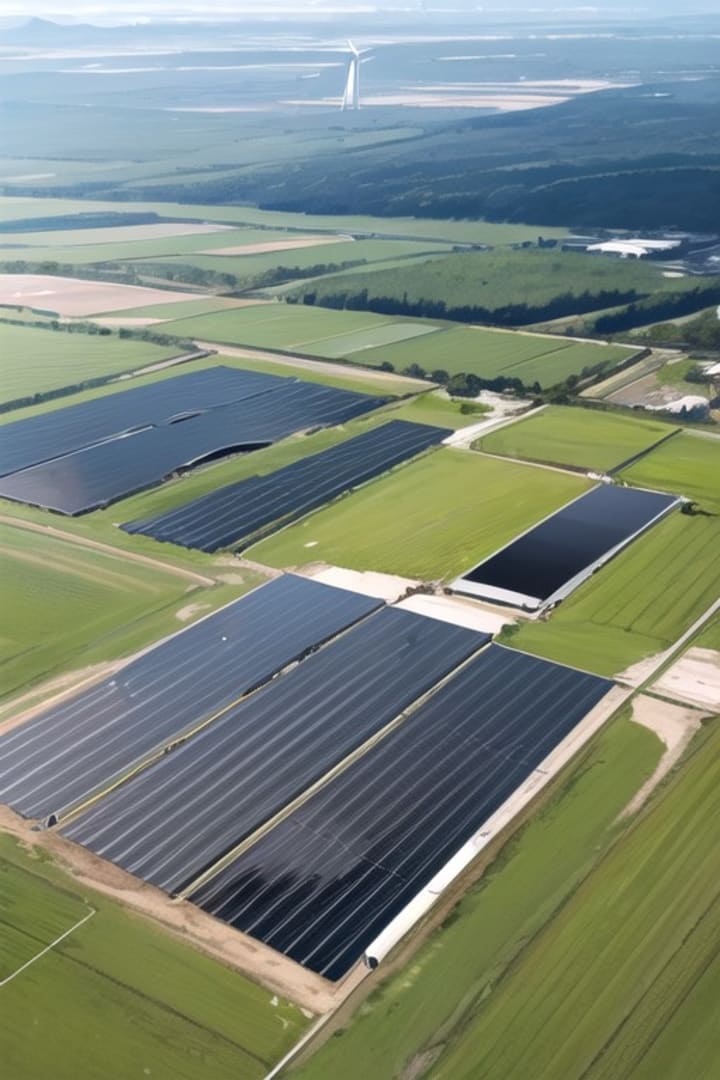Rare Earth Elements
Unraveling the Mystique of Modern Minerals
Rare earth elements (REEs) are a group of 17 chemical elements found in the Earth's crust, often occurring together in nature due to their similar chemical properties. Despite their name, these elements are not actually rare in terms of abundance in the Earth's crust. However, they are often dispersed and challenging to extract economically, making them valuable and critical for various modern technologies. This article will delve into what rare earth elements are, their properties, uses, extraction methods, and their significance in the global economy.
Properties of Rare Earth Elements:

The 17 rare earth elements are lanthanum (La), cerium (Ce), praseodymium (Pr), neodymium (Nd), promethium (Pm), samarium (Sm), europium (Eu), gadolinium (Gd), terbium (Tb), dysprosium (Dy), holmium (Ho), erbium (Er), thulium (Tm), ytterbium (Yb), lutetium (Lu), scandium (Sc), and yttrium (Y). Despite being chemically similar, they each have unique physical and electronic properties. REEs are typically soft, malleable, and have high melting points, making them useful for various applications.
Uses of Rare Earth Elements:

Rare earth elements play a crucial role in various technologies and industries. For instance, neodymium and dysprosium are essential components in the manufacturing of powerful magnets used in electric motors and generators for electric vehicles, wind turbines, and various electronic devices. Cerium and lanthanum are used in catalytic converters to reduce harmful emissions from vehicles. Europium is used in phosphors for lighting applications and displays, including fluorescent bulbs, LEDs, and television screens. Gadolinium is used in medical imaging, and samarium is used in the production of compact discs and lasers. These are just a few examples of how REEs are utilized in modern technology.
Challenges in Extraction:
While rare earth elements are abundant in the Earth's crust, they are rarely found in concentrated deposits, which makes their extraction challenging and expensive. Additionally, rare earth elements are often found alongside radioactive elements like thorium and uranium, which can complicate the extraction process and raise environmental concerns. The mining and processing of REEs can result in significant environmental impacts if not properly managed. Therefore, finding sustainable and environmentally responsible methods for their extraction is of utmost importance.
Global Supply and Demand:
China is the largest producer and exporter of rare earth elements, accounting for over 80% of the world's supply. This dominant position in the market has led to concerns about the vulnerability of the global supply chain and geopolitical implications. Other countries, including the United States, Australia, and India, have rare earth element deposits and are exploring ways to increase their domestic production to reduce dependence on China. Efforts are being made to diversify the sources of rare earth elements and ensure a stable supply for industries that rely on them.
Importance in Modern Technologies:

Rare earth elements have become critical components in numerous modern technologies, driving innovation and progress in various industries. From renewable energy technologies like wind turbines and electric vehicles to advanced electronics, medical devices, and telecommunications, REEs are at the core of many cutting-edge applications. As the world transitions towards a greener and technologically advanced future, the demand for rare earth elements is expected to rise significantly.
Recycling and Sustainability:
Given the importance of rare earth elements and the challenges in their extraction, recycling and sustainable practices are gaining traction as viable solutions. Recycling REEs from end-of-life products can help reduce the reliance on primary mining and minimize the environmental impact. Researchers and industries are actively exploring ways to recover and reuse rare earth elements from discarded electronics and other waste streams. By adopting more sustainable practices, the rare earth element industry can contribute to a more circular and environmentally conscious economy.
Conclusion:
Rare earth elements are essential components in a wide range of modern technologies, powering everything from green energy solutions to advanced electronics and medical devices. Their unique properties and critical role in various industries make them invaluable in the global economy. However, their extraction and supply chain present challenges that need to be addressed to ensure a stable and sustainable future for these vital elements. As technology continues to advance, finding innovative and environmentally responsible solutions for the production, use, and recycling of rare earth elements is crucial for meeting the world's growing demands while preserving our planet's natural resources.
About the Creator
Enjoyed the story? Support the Creator.
Subscribe for free to receive all their stories in your feed. You could also pledge your support or give them a one-off tip, letting them know you appreciate their work.





Comments
There are no comments for this story
Be the first to respond and start the conversation.